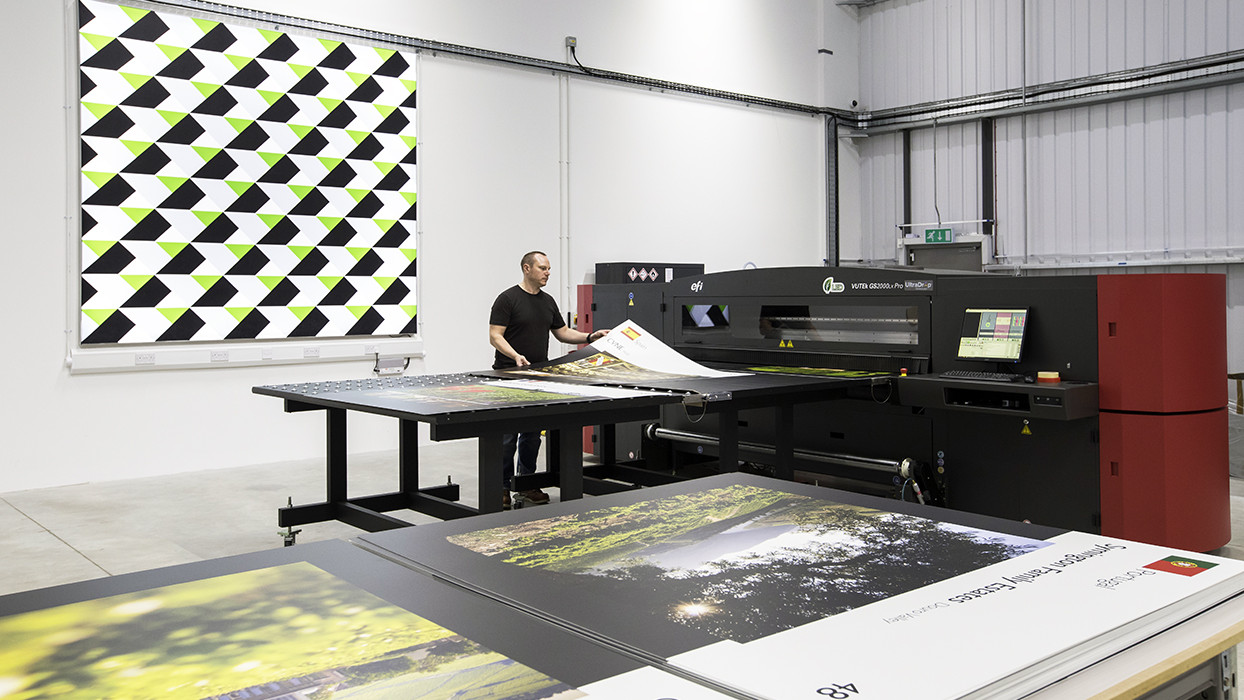In today’s rapidly evolving world, the importance of adopting low impact printing processes cannot be overstated. As businesses strive to become more sustainable, understanding and implementing eco-friendly printing techniques is becoming essential. These methods not only reduce environmental harm but also enhance the brand image by demonstrating a commitment to sustainability. Let’s delve into the world of low impact printing and explore how it can reshape the future of business printing.

Understanding Low Impact Printing
Low impact printing processes focus on minimizing the negative environmental effects associated with traditional printing techniques. By utilizing sustainable materials, reducing waste, and optimizing energy consumption, these methods contribute to a greener economy. The goal is to create a positive impact on the environment while maintaining high-quality print outputs.
Why Choose Low Impact Printing?
Choosing low impact printing is not just about being eco-friendly; it’s about making a conscious decision to preserve our planet for future generations. Businesses that adopt these practices can benefit from cost savings, improved brand reputation, and alignment with global sustainability goals.
Key Components of Low Impact Printing
Sustainable Materials
Utilizing sustainable materials such as recycled paper and soy-based inks is a cornerstone of low impact printing processes. These materials are not only biodegradable but also require less energy to produce, significantly reducing the carbon footprint.
Energy Efficiency
Modern printing technologies are designed to be energy-efficient, using less power while maintaining high performance. This not only reduces energy costs but also minimizes the environmental impact, making it a crucial aspect of low impact printing.
Waste Reduction
Effective waste reduction strategies, such as recycling and reusing materials, are integral to sustainable printing. Businesses can significantly cut down on waste by adopting practices like digital proofing and using print-on-demand systems.
Innovative Techniques in Low Impact Printing
Digital Printing
Digital printing is a revolutionary technique that eliminates the need for printing plates, reducing waste and energy consumption. It allows for on-demand printing, which means businesses can print only what they need, minimizing excess production.
Waterless Printing
Waterless printing is an innovative method that uses silicone-coated plates instead of water-based solutions. This technique reduces water usage and eliminates harmful chemical waste, making it an excellent choice for eco-conscious businesses.
Vegetable-Based Inks
Switching to vegetable-based inks, such as soy or linseed oil, is a simple yet effective way to reduce environmental impact. These inks are less toxic and more biodegradable than traditional petroleum-based inks.
Implementing Low Impact Printing in Your Business
Evaluate Current Processes
Begin by evaluating your current printing processes to identify areas for improvement. Consider the materials you use, your energy consumption, and the waste generated by your printing activities.
Set Sustainable Goals
Establish clear sustainable goals for your business. Whether it’s reducing energy consumption by 20% or switching to recycled paper, setting specific targets will guide your transition to low impact printing.
Partner with Eco-Friendly Suppliers
Choose suppliers who share your commitment to sustainability. Working with eco-friendly suppliers ensures that the materials and products you use align with your sustainability goals.
Benefits of Low Impact Printing
Cost Savings
Adopting low impact printing processes can lead to significant cost savings. By reducing energy consumption and waste, businesses can lower their operational costs and improve their bottom line.
Enhanced Brand Image
Incorporating sustainable practices into your business model can enhance your brand image. Consumers are increasingly drawn to companies that demonstrate a commitment to environmental responsibility.
Regulatory Compliance
As governments around the world implement stricter environmental regulations, adopting low impact printing ensures that your business remains compliant and avoids potential fines or penalties.
Challenges and Solutions
Initial Investment
While the initial investment for transitioning to low impact printing can be high, the long-term benefits far outweigh the costs. Businesses can offset these expenses through energy savings and increased efficiency.
Resistance to Change
Change can be challenging, especially in established businesses. Educating employees about the benefits of sustainable printing can help overcome resistance and foster a culture of environmental responsibility.
Technological Limitations
While technology is advancing rapidly, some areas of low impact printing still face limitations. Continuous investment in research and development is necessary to overcome these challenges and improve sustainability.
Future of Low Impact Printing
The future of low impact printing processes looks promising as technology continues to advance and businesses increasingly prioritize sustainability. By adopting these practices, companies can play a vital role in creating a healthier planet and a more sustainable future for all.
Conclusion
Embracing low impact printing processes is not just an environmentally responsible choice; it is a strategic business decision that offers numerous benefits. By reducing environmental impact, improving efficiency, and enhancing brand reputation, businesses can thrive in an increasingly eco-conscious world.

FAQ
What are low impact printing processes?
Low impact printing processes refer to environmentally friendly printing techniques that minimize waste, reduce energy consumption, and use sustainable materials.
How can businesses implement low impact printing?
Businesses can implement low impact printing by evaluating current processes, setting sustainability goals, and partnering with eco-friendly suppliers.
What are the benefits of low impact printing?
The benefits of low impact printing include cost savings, enhanced brand image, regulatory compliance, and a reduced environmental footprint.
This article contains affiliate links. We may earn a commission at no extra cost to you.







